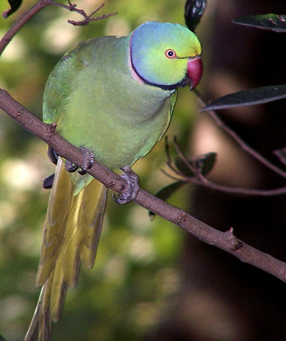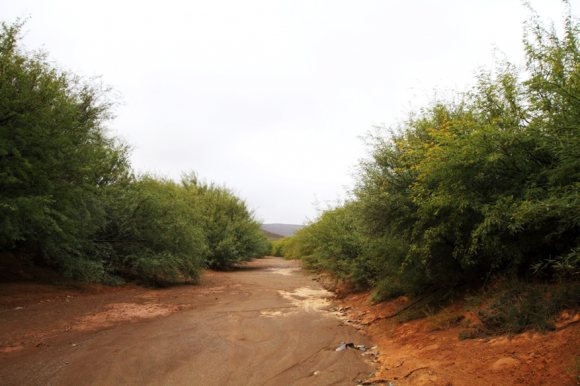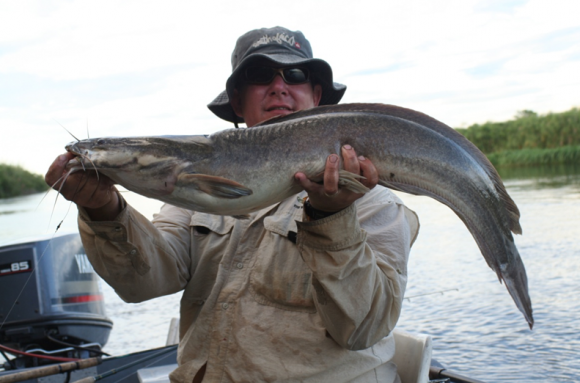
Rose-ringed parakeets (Psittacula krameri) are the most invasive parrot species in the world and have already invaded 35 countries on five continents. In South Africa, the first sightings were noted in the 1970’s with strongholds predominantly in Gauteng and KwaZulu-Natal. Today populations are also known in Cape Town, and Steytlerville in the Eastern Cape. Rose-ringed parakeets are a generalist species, which can thrive in a range of habitats and feed on a variety of food items. They nest in cavities, and where food and nest sites are not limiting these birds have the capacity to reproduce successfully and rapidly.
C·I·B core team member Prof Colleen Downs and post-doctoral fellow Dr Lorinda Hart recently published an article on the current distribution of rose-ringed parakeets, Psittacula krameri (Scopoli, 1769) in the Durban Metropolitan area of eThekwini. This is the most recent assessment of the parakeets’ status in KwaZulu-Natal. Newspaper articles, newsletters and networking with local bird clubs were used to identify roost sites and areas where parakeets were observed. Surveys were then conducted to determine parakeet presence in and around these areas.
The South African Bird Atlas Project 2 (SABAP2) indicates that the parakeets currently occupy 475 km2 of the 2292 km2 of the Durban Metropolitan area. Surveys from this study indicate an occupancy of c. 730 km2. Such data comparisons indicate that rose-ringed parakeets are expanding their distributions. This could have negative consequences on native bird species, particularly cavity nesters. Rose-ringed parakeets are currently associated with urban areas, but could potential expand as populations grow.
Read the article:
DOI: http://dx.doi.org/10.3377/004.049.0207
For more information, contact downs@ukzn.ac.za



